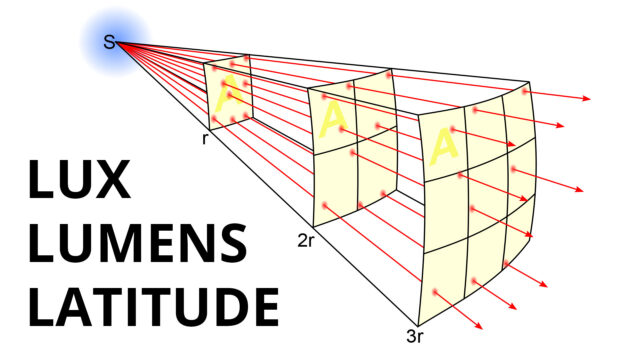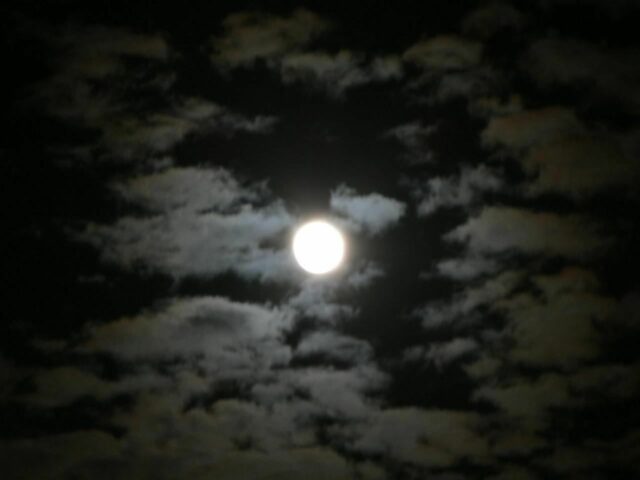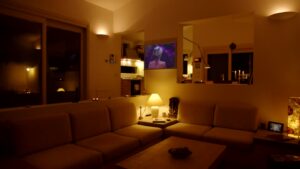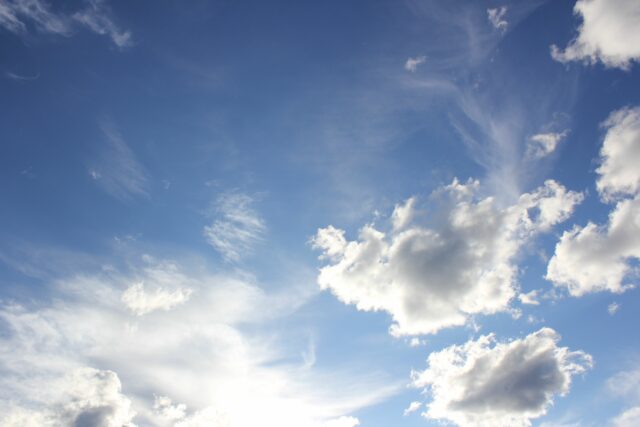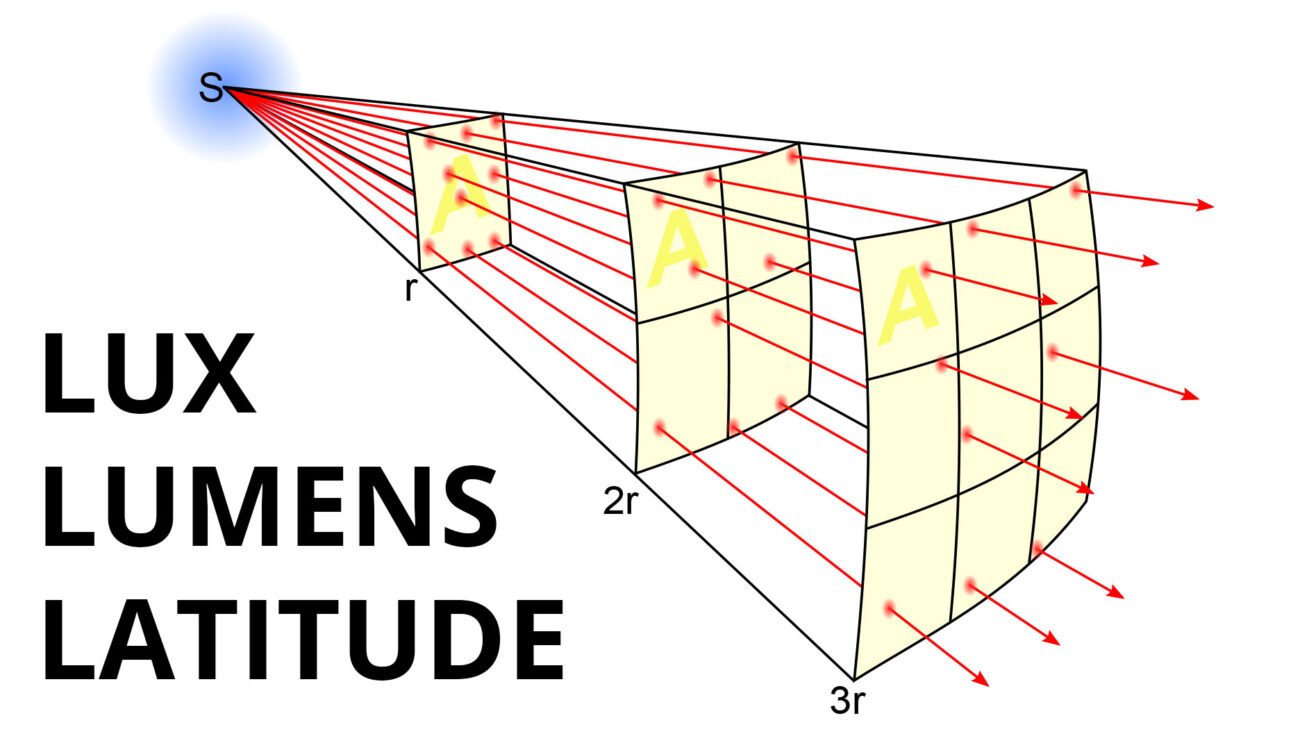
Here are some useful facts and figures that may shed new light on your understanding of illumination.
Light is one of those mysterious things we all know, but rarely stop to think about in much detail. More than ever we’re concerned with low light performance, and creative cinematographers are becoming more flexible than ever when it comes to how they use light.
Emmanuel “Chivo” Lubezki recently did the seemingly unthinkable for a Hollywood feature, shooting The Revenant using only available light. It wasn’t his first time either, and with continual improvements in sensitivity, we’ll see an increase in the number of high-profile films executed by smaller crews shooting only in the natural light that is available to them.
Of course for documentary and news, as well as most of us without Hollywood-sized crews and budgets, we’ve been shooting in available light for a long time, and will continue to do so.
With that said, here are a few basic concepts that should be at the forefront of what we do.
Understanding Light: Lumens and Lux
The Lumen is a measure of the total quantity of visible light emitted by a source (luminous flux).
Lux is a measure of illuminated area.
The difference between the units lumen and lux is that the lux takes into account the area over which the luminous flux is spread. A flux of 1000 lumens, concentrated into an area of one square metre, lights up that square metre with an illuminance of 1000 lux.
1 Lux = 1 Lumen per Square Meter.
Remember also that light intensity falls off inversely to the square root of the distance from the source.
So, just how bright is 1 lux?
Understanding Light: Illuminance
Typical lux values of surfaces illuminated by:
0.0001 lux – Moonless, overcast night sky.
0.002 lux – Moonless clear night sky with airglow.
0.27–1.0 lux – Full moon on a clear night.
3.4 lux – Dark limit of civil twilight under a clear sky.
50 lux – Family living room lights.
80 lux – Office building hallway/toilet lighting.
100 lux – Very dark overcast day.
320–500 lux – Office lighting.
400 lux – Sunrise or sunset on a clear day.
1000 lux – Overcast day; typical TV studio lighting.
10000–25000 lux – Full daylight (not direct sun).
32000–100000 lux – Direct sunlight.
What does this mean in terms of exposure?
Of course, it depends on frame rate, shutter speed and ISO (or EI).
Understanding Light: Exposure Value
Exposure Value (EV) is a scale representing the combination of aperture f/stop and shutter speed. Any combination of aperture and shutter speed that results in the same EV value will result in the same exposure.
EV = log2(N²/t)
Where:
N is f/stop number
t is shutter speed
Let’s say we know we are planning the shoot to be interior nighttime. It’s a living room, and we will be shooting at 24fps with a standard 180-degree shutter (or 1/48th sec) and we want to maintain a nice, shallow DoF with an f/stop of f/2.8. So we know our general illuminance level is likely to be somewhere around 50 lux, that’s how much light is likely to be falling on our subject.
So lets plug that into the equation to arrive at an EV value.
N is 2.8
t is 1/48 or 0.0208
EV = log2(2.8²/0.0208)
EV = log2(7.84/0.0208)
EV = log2(376.92)
EV = 8.558
So we have an EV value of 8.5
Now we can look this up on a EV/Lux conversion chart such as this one by Sekonic. The chart gives us corresponding illuminance values (lux) for EV values at 100ISO.
The chart gives us an illuminance value of 900 lux at 100 ISO for a correct exposure at f/2.8 with 1/48th sec shutter speed. From this point it’s easy, we won’t have 900 lux, we’ll only have 50 lux but we won’t be exposing at 100 ISO either. So let’s adjust this figure for ISO. Every time we double the ISO, we double sensitivity, and so our illuminance requirement is halved.
ISO 100 @ EV 8.5 = 900 lux
ISO 200 @ EV 8.5 = 450 lux
ISO 400 @ EV 8.5 = 225 lux
ISO 800 @ EV 8.5 = 112.5 lux
ISO 1600 @ EV 8.5 = 56.25 lux
So, if we want to maintain f/2.8 aperture, we need to expose for EI 1600. If we know we don’t want to exceed 800, we can open our aperture up to f/2.0 (one stop) and we’ll be properly exposed for a typical nighttime living room interior—using only the available natural light.
Understanding Light: Latitude
Dynamic range (latitude) is all about contrast ratios. We’re so used to quoting how many stops of dynamic range our cameras have, but rarely is that put into some sort of real world context where it takes on some relatable meaning.
Dynamic range, or latitude, is measured in stops. Every stop is a doubling of light intensity.
0 Stop 1:1
1 Stop 1:2
2 Stop 1:4
3 Stop 1:8
4 Stop 1:16
5 Stop 1:32
6 Stop 1:64
7 Stop 1:128
8 Stop 1:256
9 Stop 1:512
10 Stop 1:1024
11 Stop 1:2048
12 Stop 1:4096
13 Stop 1:8192
14 Stop 1:16,384
15 Stop 1:32,768
16 Stop 1:65,536
17 Stop 1:131,072
18 Stop 1:262,144
19 Stop 1:524,288
20 Stop 1:1,048,576
21 Stop 1:2,097,152
22 Stop 1:4,194,304
23 Stop 1:8,388,608
24 Stop 1:16,777,216
25 Stop 1:33,554,432
26 Stop 1:67,108,864
27 Stop 1:134,217,728
28 Stop 1:268,435,456
29 Stop 1:536,870,912
30 Stop 1:1,073,741,824
In theory, the human eye can adjust for vision in illumination levels of between 0.0000001 lux (10^-6) and 1,000,000 lux (10^6) but the useable range within that is much less. Practically, we can consider a maximum dynamic contrast ratio of 50 million to 1 (30 stops), from moonless overcast midnight black to the brightest sunlit white, but that contrast never occurs in nature—and we certainly aren’t able to perceive that entire range at once.
The maximum ratio in a naturally occurring scene is closer to 1 million to 1 (around 20 stops), but even this is extreme and rarely encountered.
Our vision adjusts to light levels constantly and our static contrast ratio, which is the range we can see at once within a static scene, is closer to 1,000 to 1 (10 stops).
Real World Contrast Ratios
You can calculate some likely real-world contrast ratios by finding the difference in illuminance levels from the first list and matching that up with the contrast ratios in stops. For example, our night time living room illuminance of 50 lux will be our general maximum level in that scene, the difference between this and the darkest shadow (under a couch for instance) can be no more than 50 lux—though it’s likely to be a fair bit less due to ambient light bouncing around—so our total range in that situation may be around 5 stops maximum.
If we are outside, under sunlight, the range could be as high as 15-16 stops between the brightest ping of specular highlight from the sun and true black. If there is shadow detail that is dark although again, due to ambient light levels, that are well above true black in daylight, then the actual range in the scene may be less.
Hopefully, these numbers have given you a bit of a reference to judge real world light levels and contrast ratios and some tools to even run some calculations yourself before you ever set up the camera—even without a light meter!
